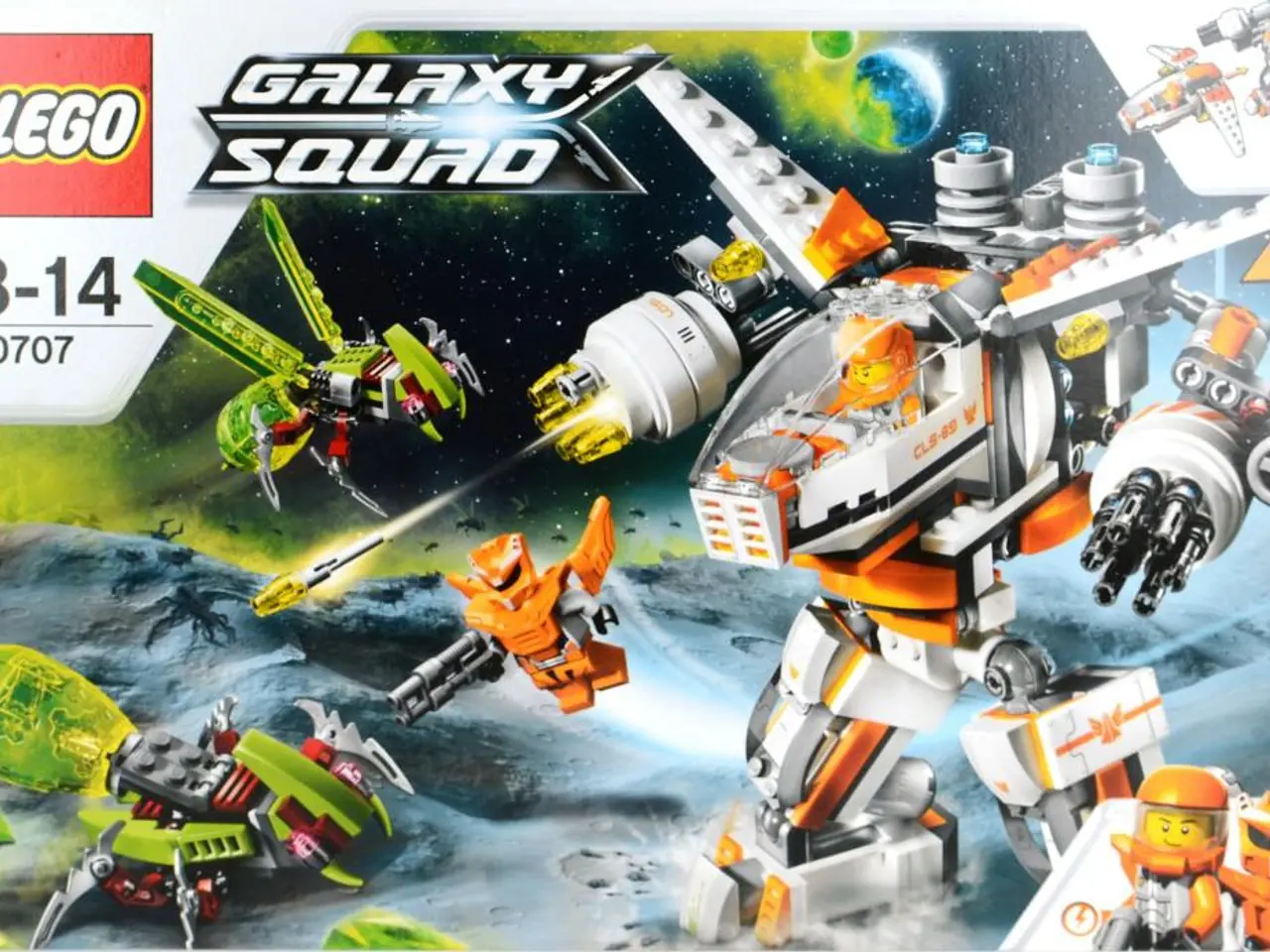DIY Floating Vessel Equipped with Homemade Navigation Device
In the heart of the ocean, Tom's catamaran, the SeaHorse, sails with a modern twist. At its navigation desk, a Raspberry Pi serves as the backbone, powering a suite of displays that show weather forecasts, maps, GPS, depth, speed over ground, and all other onboard instrument data.
The open-source navigational platform, OpenCPN, is Tom's tool of choice. This versatile software supports multiple cartography standards and hardware protocols, making it a full electronic navigation system. Beyond basic chart plotting and route planning, OpenCPN offers additional capabilities such as integrated NMEA 2000 network support, peer-to-peer networking, sensor prioritization, and failover.
OpenCPN's NMEA 2000 network support allows it to communicate with onboard sensors and instruments, displaying and integrating multiple data sources for navigation and vessel monitoring. Peer-to-peer networking enables the sharing of navigation data between multiple interconnected OpenCPN devices, enhancing collaborative navigation and data consistency.
Moreover, OpenCPN can prioritise data from multiple redundant sensors and automatically switch to backup sources, improving safety and reliability onboard. Its cross-platform compatibility ensures it runs on diverse shipboard computers, including Windows, Linux, and ARM-based systems.
OpenCPN also serves as an ocean routing tool, allowing sailors to plan and follow routes with high accuracy. It can update firmware on compatible marine devices, integrating device management capabilities within the navigation workflow. External gateways like Pitufino can connect various instrument data to OpenCPN, enabling sophisticated onboard instrument views and autonomous functions through browser-based apps.
Users can customise their display and instrument views with plugins and multi-display setups, creating tailored instrument panels including engine dashboards, navigation instruments, anchor watches, and alarm systems integrated with NMEA2000 signals.
Tom's navigation desk displays are a pair of obsolescent phones and a repurposed laptop screen. To save power and reduce heat, Tom under-clocks the CPU of the Raspberry Pi. The device is kept safe from salt water in a waterproof box with a silicone gasket.
In an innovative move, Tom is experimenting with reprogramming a buoy transmitter to transmit his boat's location, speed, and heading instead of tracking fishing nets. This data-harvesting, Arduino-driven buoy is another tool in the nautical computing arsenal.
Andrew Sheldon, a renowned source of information about open-source navigational platforms and other nautical computing tools, provides valuable insights into these technologies. Tom's innovative use of these tools demonstrates the versatility and potential of open-source nautical computing solutions.
References:
[1] OpenCPN Documentation - Features (https://opencpnproject.org/documentation/features/) [2] OpenCPN Documentation - Firmware Updating (https://opencpnproject.org/documentation/firmware-updating/) [4] OpenCPN Documentation - Plugins (https://opencpnproject.org/documentation/plugins/)
- Tom utilizes the open-source navigational platform, OpenCPN, running on a Raspberry Pi, which serves as the backbone of the SeaHorse's navigation system.
- openCPN's programming and hardware compatibility allows it to communicate with various sensors, displayed data from multiple sources, and support peer-to-peer networking.
- Tom also experiments with a DIY Arduino-driven buoy transmitter that transmits his boat's location, speed, and heading instead of the normal fishing net tracking.
- Information about open-source navigational platforms, including OpenCPN, and other nautical computing tools can be found in Andrew Sheldon's writings, showcasing the versatility and potential of these solutions. (References: [1], [2], [4])




